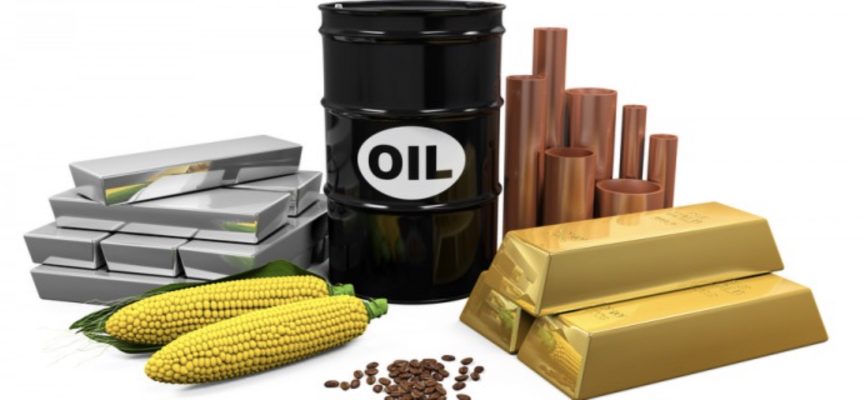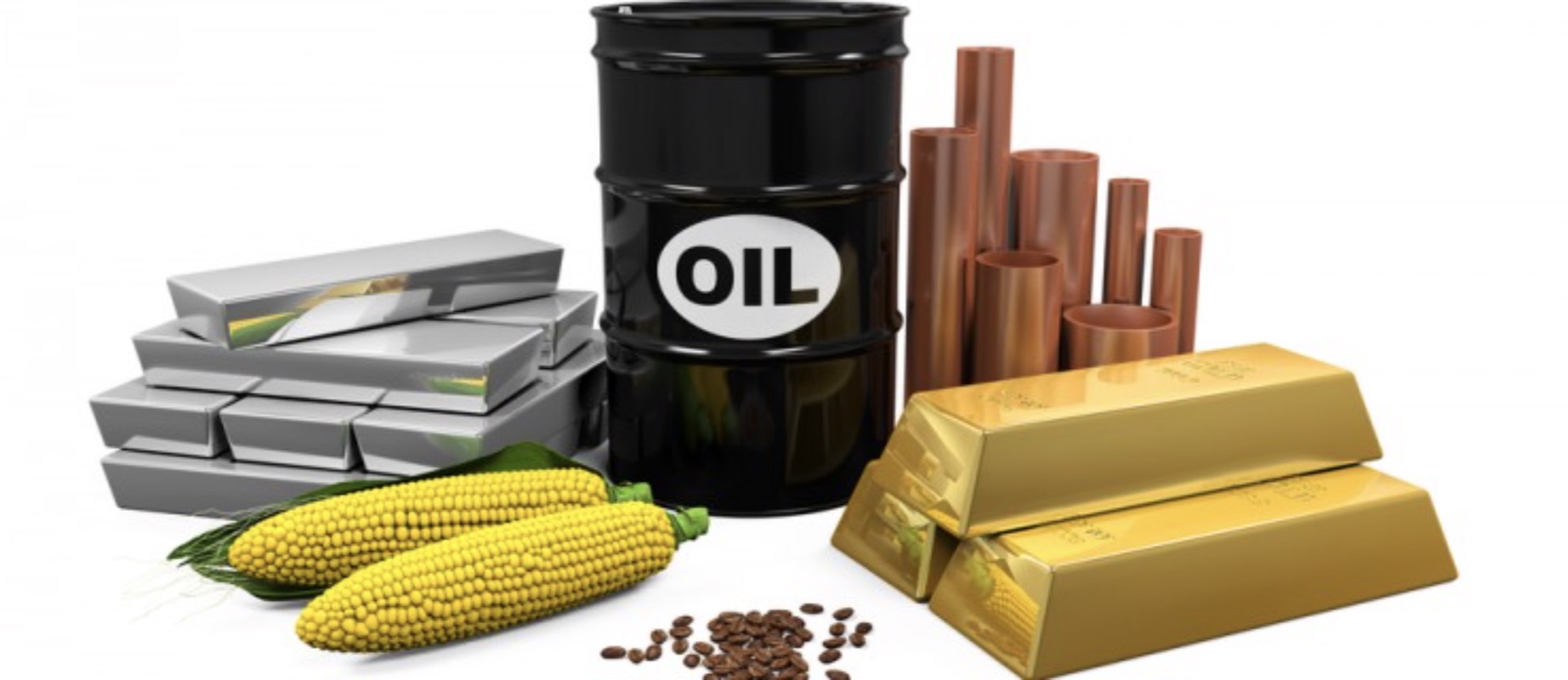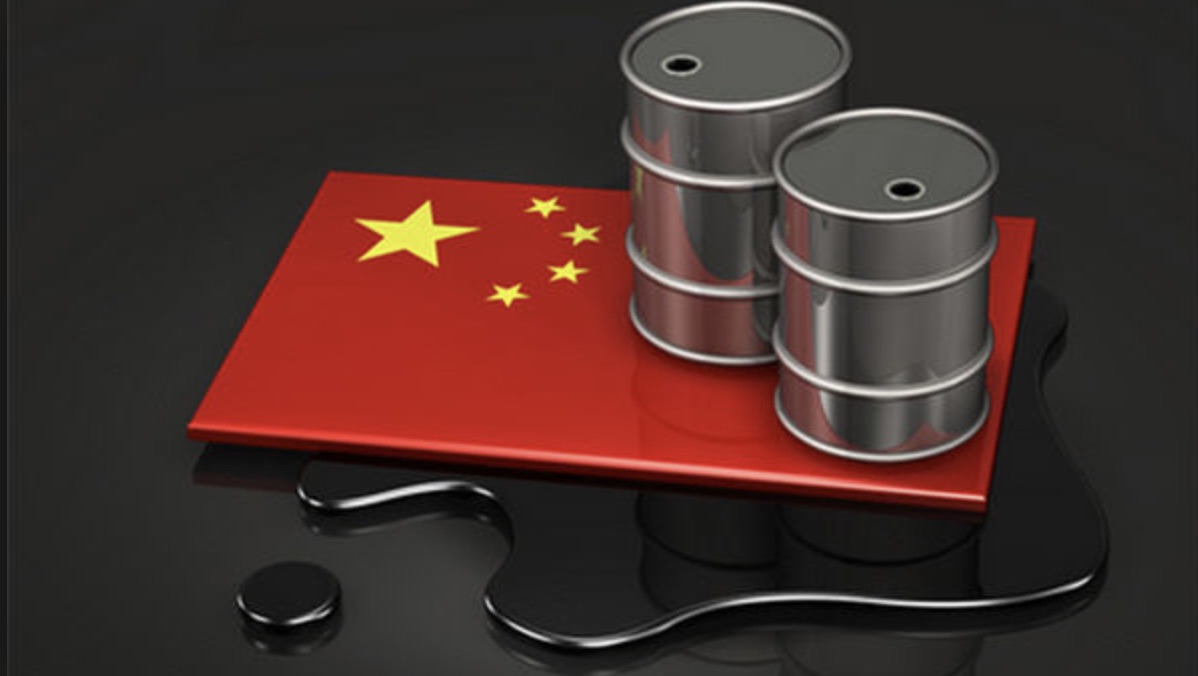
By Stephen Leeb
As a huge shift in global power continues to take place, here is a look at China’s plan for a world of skyrocketing commodity prices and $20,000 gold.
China, Skyrocketing Commodity Prices And $20,000 Gold
“Do you have nerves of steel? Or nerves more akin to limp pasta? Let’s hope it’s the former. For over the next month or two, a steely temperament that lets you buy gold even if its price drops further will give you the last laugh when the gold bull market takes off with even more velocity than I had expected before Trump’s election.
The election has changed the world dramatically. Today I’d give even higher odds that the Midas metal will climb into five-digit territory, possibly as high as $20,000 or more, within the next five years or so…
“But it also has meant that over the shorter-term gold might struggle and could even test $1,000. Treat this as an extraordinary buying opportunity.
The major reason gold has grown more vulnerable nearer term is that the shorter-term case for higher oil has grown weaker. As we explain below, this reflects the ramifications of Trump’s vehement anti-trade promises, which presumably he will keep, tearing up the Trans-Pacific Partnership (TPP) on day one. (Yes, Clinton also opposed it on the campaign trail but likely would have found a path to keeping much of it.) Look for China to leap into the gap. China sees enormous opportunity as the U.S. backs off from the deal, but to fully benefit, it needs oil prices to stay low for a while longer. And China has a lot of say over the matter.
The upshot is that for now it is possible that any deal to cut oil production could be a token face-saving effort that doesn’t reach even 1 million barrels a day. And this despite the fact that the Saudis at the start of 2015 were producing 9 million barrels a day compared to the 10.5 million barrels a day they currently produce. In other words, the Saudis on their own could cut enough to drive oil to at least $60 and probably much higher. So why are OPEC and other big producers like Russia likely to step back from the largesse higher oil prices would bring? Ironically it has to do with how much the longer-term picture has improved.

Commodity Based Stocks To Lead The NYSE Top Gainers List
The world’s economic kaleidoscope changed on November 8 not primarily because of higher odds on stronger U.S. growth and inflation but because Trump’s ascension will almost surely mean – with an assist from China leaping on the demise of the TPP – burgeoning growth for virtually every undeveloped country on the globe. The soaring demand this will create for commodities, far more than any infrastructure spending in the U.S., will upend the market, changing it from one led by the Facebooks of the world to one led by Rio, Freeport, and virtually all other commodity-levered stocks.
How exactly does the demise of the TPP play into China’s hands, and why does that mean lower oil and gold for now but higher oil and gold further out? The trade pact was designed to bind America with a big chunk of Asia, albeit one that excluded China, South Korea, and India. With Trump set to trash it, China has seized on the opportunity to fill the trade vacuum and is promoting its version of an East-West trade pact, with President Xi aggressively courting countries from Mexico to Peru to Chile.
China’s version of such a deal, the Regional Comprehensive Economic Partnership (RCEP), includes more than 30 percent of the world’s economy, far larger than the area covered by the TPP. Moreover, because the RCEP includes a significantly larger collection of less developed countries like Cambodia, India, Laos, Myanmar, and Indonesia, it will generate much greater demand for resources.
To understand what the inclusion of a country into a trade pact can mean, think back to December 11, 2001, the date China joined the World Trade Organization (WTO). The WTO is not nearly as detailed as the RCEP would be, but it provides a framework for fair trade among its nearly 125 member nations. Since joining the WTO, China jumped from sixth in the world in trade to first. Total trade involving China has climbed from about $500 billion to nearly $4.5 trillion. During the same period China’s per capita GDP jumped from under $1,000 to over $8,000. And during those 15 years China has come to dominate the vast majority of resource markets, mostly as a buyer but recently also as a seller of value-added products such as refined petroleum products.

China’s Tightens Its Grip On World Commodity Markets
And that brings us back to oil and to why OPEC may not cut aggressively for now. China has increased its refining capacity dramatically, by more than 40 percent in the past six years, while stockpiling tremendous amounts of oil. By far China’s fastest growing refined products are distillates, which are exactly the products needed to develop the resources of developing countries. By controlling distillate refining, China has made itself utterly central to the development of other resources from copper to zinc. Caterpillar, for instance, depends on distillates to run its massive earth-moving equipment.
Given its newfound opportunity to become the center of a massive trading bloc, which comes on top of its massive Silk Road initiative, China’s need for additional oil to stockpile has risen. And when it comes to influencing oil producers, China has a very persuasive trump card: its plan, which I’ve discussed before, to introduce a new oil benchmark covering the East.

The New Oil Benchmark In The East
Originally, it seemed that oil from Russia and Saudi Arabia would dominate the new benchmark, and this still might be true. But now China’s need to further step up its refining capacity plus the ramping up of production in Iraq and Iran likely explains why China has pushed the introductory date into 2017. The result is that for now, major oil producers will likely continue to push to export as much as they can to China to ensure as large a representation in the benchmark as possible.
Still, the window of time China gains to stockpile cheap oil is likely to be fairly narrow. The reason is that in the fairly near future, oil demand will overtake supply, and prices will rise with or without an OPEC deal. Letting the world reach that point, however, is risky, because it means reaching a situation where the world would have virtually no excess capacity. This could set off a massive oil spike that would be in no country’s interest. The need to avert that is why I think the current delay in agreeing to production cuts will be relatively short-lived, maybe just another month or so.
That, however, could be a difficult month for gold investors lacking a framework for understanding the interplay among all the factors we described above. Regardless, China is not going to let the price of gold fall off a cliff because they will be buying too much of it. So stiffen your nerve and realize the foundation for a gold-based monetary system is nearly in place. One final nail is needed for completion. Don’t let the final hammer blow shake you out.”
